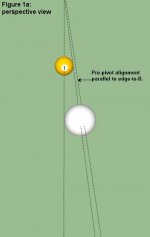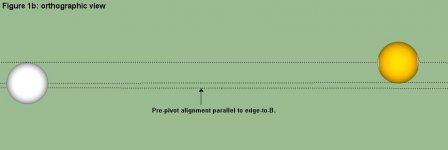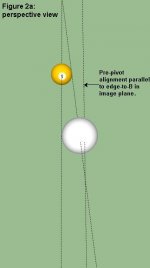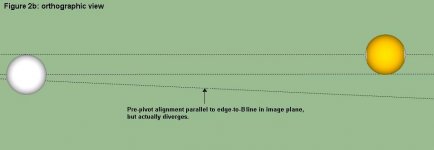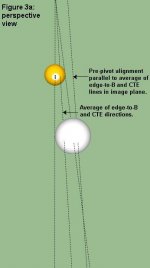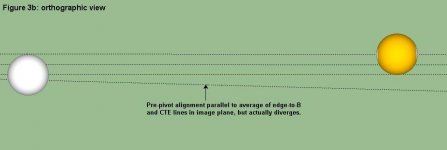LOL. Care to add the detail for the "exact" steps highlighted above?
pj
chgo
I don't really get why you are so caught up with this. If you took any shot, how would you get your bridge hand down? It is the same here. Once you sight the lines that are correct for the shot, you look at the ball, and the center of the ball as you look down is the reference point. Now simply move your bridge hand into place as if you would for any other shot at the necessary distance, and put the tip 1/2 tip off of the refernce point. Now pivot your tip to center, and you are lined up. The important thing is not the specific steps to get there. It does not have to be robotic, as long as you end up in the right spot. The important thing is to sight the lines correctly, then get the tip 1/2 tip off of the center reference point you found after sighting the line. Of course your bridge hand has to be the right distance away from the ball, but that is not difficult. Your question can be answered with a question itself. If someone placed a red dot CB in front of you with the red dot facing you (at the center), then told you that you needed to place your cue tip 1/2 tip to the right of the dot and pivot back to it, how would you do it? Thus finding the red dot as a reference point is all you need to do. The exact method for getting your bridge hand in place to put the cue 1/2 tip from the center is not so important as just getting it to that exact spot is.
Last edited:
